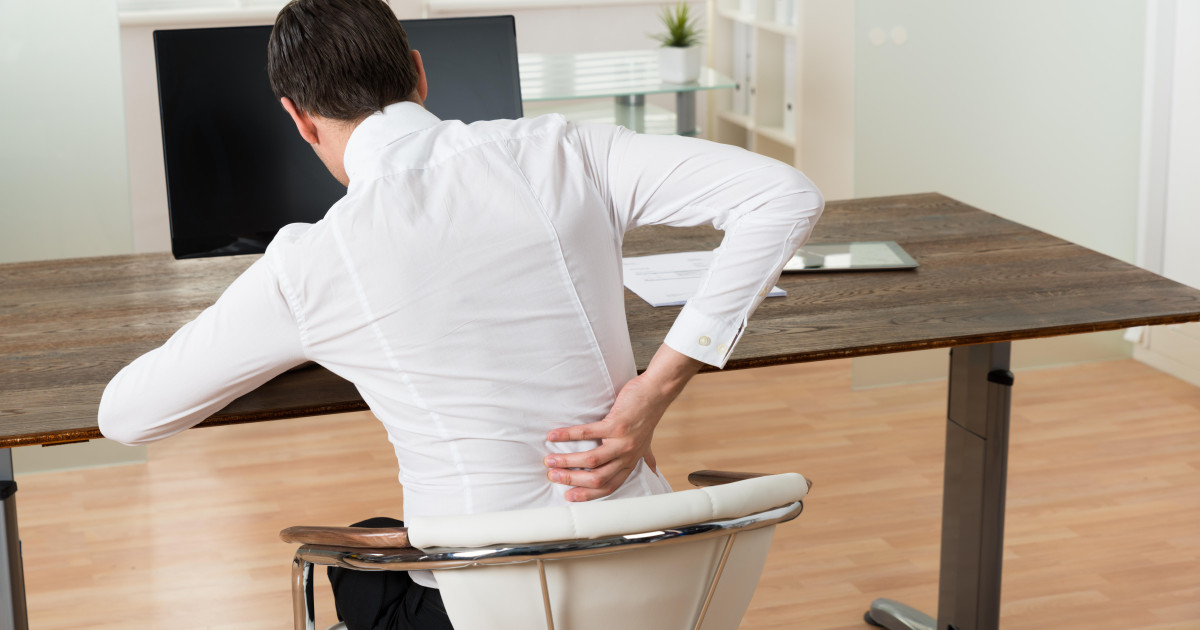Symptoms Of Kyphoscoliosis
Kyphoscoliosis is an irregular spinal curve on two different planes simultaneously. The abnormality is on the side to side plane or the coronal plane, and on the back to the front plane or the sagittal plane. The term is created from a combination of two irregular spine conditions called scoliosis and kyphosis. In scoliosis, the spine twists sideways abnormally, and in kyphosis, the spine twists forward or backward abnormally. This condition can happen at any stage of life and can be present at birth as well. There is no known cause of kyphoscoliosis in eighty percent of diagnosed cases. There are varying levels of severity to kyphoscoliosis, and some patients have adverse effects on the heart and lungs, while others have a barely noticeable back slouch or hunch.
Learn about the major symptoms of kyphoscoliosis now.
Persistent Back Pain

Persistent back pain can result from problems with the discs in the spine due to the abnormal placement of the vertebra. Spinal discs are joints made of cartilage that hold the spine's vertebrae together and act as shock absorbers between them. Kyphoscoliosis can cause these spinal discs to thin out, which results in continuous back pain. It can also cause degeneration of the discs, which also manifests as persistent spinal pain. Spinal disc herniation and spinal disc bulges can cause a debilitating backache or pain that is a result of the abnormal rubbing together of the vertebra. When an injury occurs in an individual with kyphoscoliosis, the spinal joints can become dislocated and may even fracture from the irregular position in relation to each other. Kyphoscoliosis can cause nerve pain in the back because the irregularly aligned and positioned vertebra may compress and or pinch the nerves that branch out from the spinal cord. Back pain caused by kyphoscoliosis can also just be from the spine and the surrounding musculoskeletal system having to compensate constantly for the irregular posture and the abnormal gait that results from an S- or C-shaped back.
Keep reading to reveal more symptoms of kyphoscoliosis now.